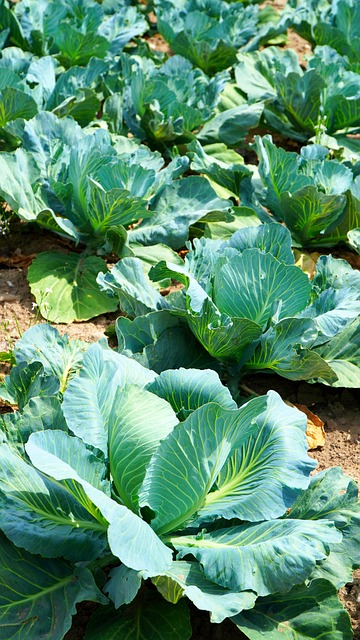Organic Food: Practices, Meat, Animals, and Farming
Organic food describes produce and products grown and processed under standards that emphasize natural inputs, restricted synthetic chemicals, and certified practices on farms. Consumers often choose organic for environmental reasons, animal welfare concerns, or to avoid certain pesticides and additives. Certification systems and labeling differ by country, so what counts as organic can vary across regions and local services in your area.

This article is for informational purposes only and should not be considered medical advice. Please consult a qualified healthcare professional for personalized guidance and treatment.
farm: How do farms produce organic food?
Organic farms follow specific practices intended to enhance soil health and ecological balance. Typical measures include crop rotation, cover cropping, and using compost or animal manure instead of synthetic fertilizers. Pest management relies more on mechanical controls, biological agents, and approved natural substances rather than broad-spectrum chemical pesticides. Farms certified organic must document inputs and practices for inspectors, and they often prioritize long-term soil fertility, biodiversity, and reduced chemical runoff to nearby waterways.
meat: What makes organic meat different?
Organic meat comes from animals raised according to organic livestock standards, which generally restrict antibiotics and synthetic growth promoters and require organic feed. The production emphasizes processes that avoid routine drug use and may limit confinement. Processing and labeling also need to comply with organic handling rules. Organic meat can include beef, pork, poultry, and other products; however, availability and definitions differ by country, and organic does not automatically mean hormone-free or higher nutrition—those are separate considerations governed by specific regulations.
animals: How are animals cared for in organic systems?
Animal welfare is a component of many organic standards, requiring access to outdoor areas, adequate space, and opportunities for natural behaviors. Animals in organic systems typically receive feed that is organically produced and made without genetically modified ingredients. While emergency medical treatments such as antibiotics may be permitted when necessary, their routine use is generally prohibited; animals treated with antibiotics may lose organic status for a designated period. Certification inspections verify record keeping, housing conditions, and humane handling practices on farms and during transport.
farmer: What practices do farmers follow for organic certification?
Farmers seeking organic certification must meet a set of criteria that often include a conversion period during which prohibited substances are not used, detailed record keeping, and periodic inspections by accredited certifiers. Practices commonly adopted by farmers include soil testing, integrated pest management, organic seed sourcing when available, and rotational grazing for livestock. Farmers also manage buffer zones to prevent contamination from neighboring conventional operations. Certification aims to ensure traceability and transparency, and farmers may join cooperatives or use local services to assist with compliance and marketing.
food: How does organic food affect nutrition and environment?
Organic food encompasses fruits, vegetables, grains, dairy, and meat produced under organic standards. Nutritionally, organic items are not guaranteed to be superior in all nutrients; differences vary by commodity and farming conditions. Environmentally, organic practices are designed to reduce synthetic chemical inputs, support biodiversity, and promote soil conservation. However, yields and land use vary, and outcomes depend on local climate, farm management, and scale. Consumers often weigh environmental, animal welfare, and health considerations alongside availability and cost when choosing organic food.
Conclusion
Organic food represents a system of production and handling intended to minimize synthetic inputs, promote certain animal welfare standards, and support ecological practices on farms. Definitions and certification rules differ across jurisdictions, so labels and claims should be read with attention to the certifier and applicable regulations. Whether evaluating organic meat, produce, or dairy, consider the farm practices, the farmer’s records, and how those factors align with your priorities for food, sustainability, and animal care.






